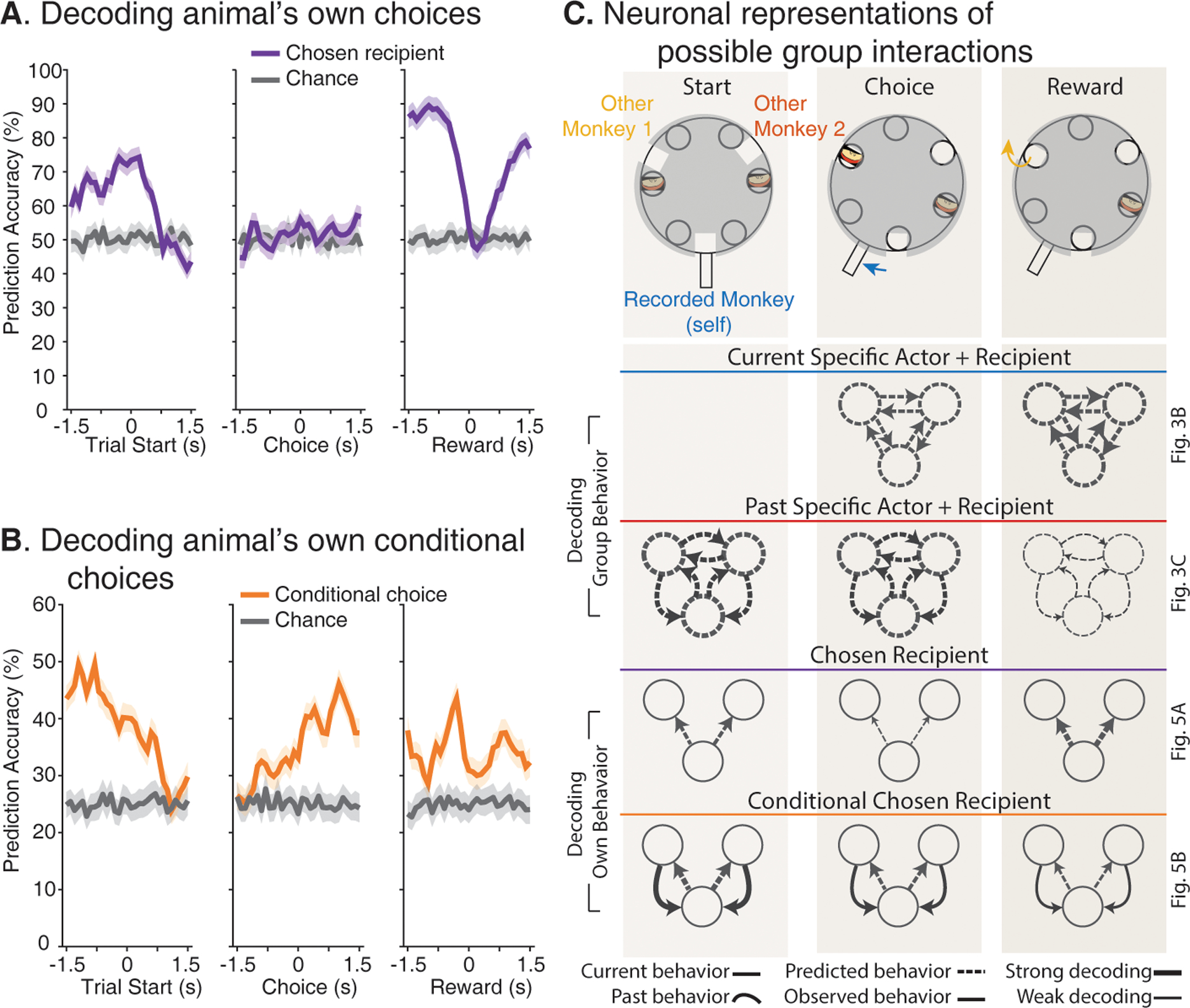Fig. 4. Dependency between past interactions and predictions of upcoming choices.

(A) Neuronal responses accurately predicted the animal’s own upcoming choices before making their motor selection. (B) The animal’s past interactions modulated neuronal predictions of the animal’s upcoming choice. By considering both the other monkeys’ choices and the recorded animals’ current choice combinations, the curves here reflect neuronal population predictions contingent on the other’s past actions. (C) Summary of decoding results. Each column corresponds to one distinct epoch and each row to the relevant information decoded. The arrows reflect the actor (circle) offering a reward to another agent. Each set of arrows reflects the possible combinations of current/past behavior, predicted/observed behavior, and the relative strengths of decoding. Thus, for example, thick arrows indicate that those specific interactions could be highly accurately decoded from neural population response whereas thin arrows indicate that decoding accuracy for those interactions was poor when compared to chance. The relevant figures for each panel are shown on the right to allow for ease of comparison.
